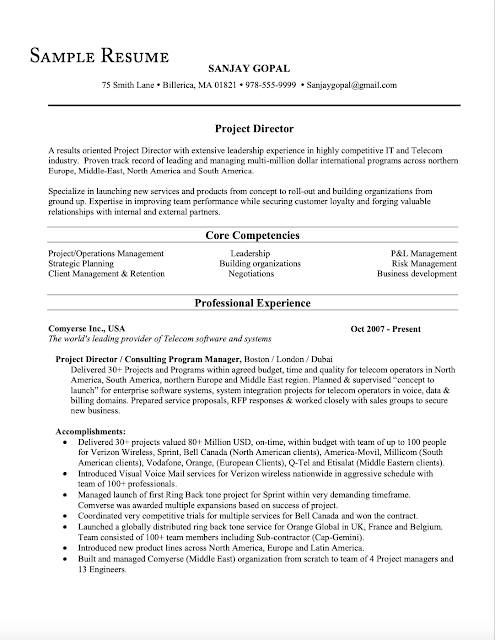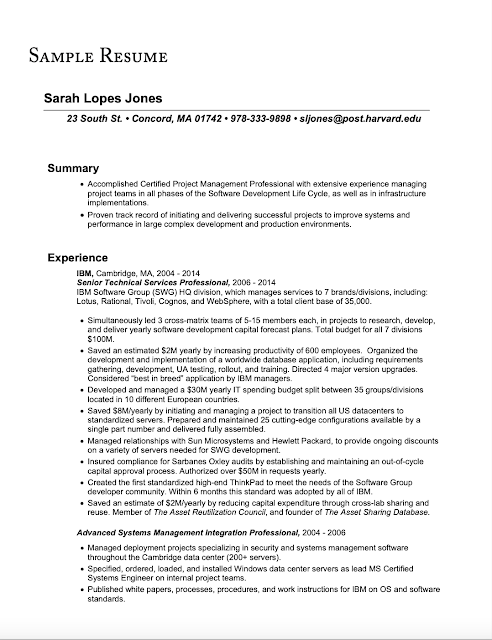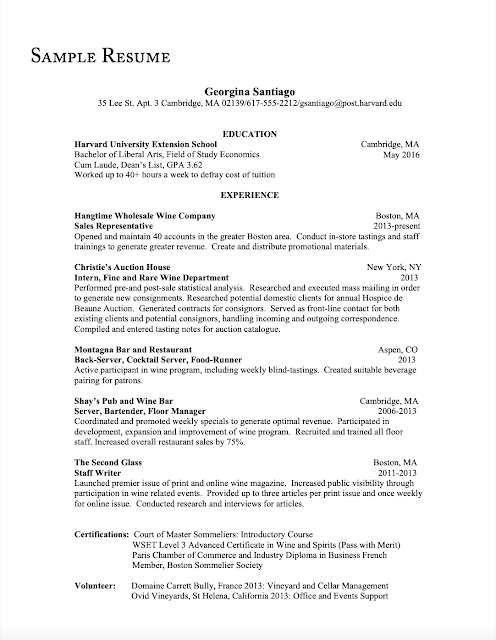As 2022 came to a close, I was enjoying a year-end reflection session with an executive client, whom we’ll call Logan. As we looked back over his accomplishments for the year, he said something that utterly astonished me: “You know, I was almost happy.” Probing into what he could have possibly meant, he reflected that despite having met or exceeded nearly all his goals, he was obsessed with the one goal he fell short on (which, frankly, was inconsequential to his year’s runaway success). I thought we’d met to revel in the many fruits of his hard work. Instead, his ability to feel well-earned joy was hijacked by only partially achieving one of his goals.
Composing myself, I asked him, “So you’re telling me that had you completely achieved that one goal, you’d feel happy about all of it, but since you didn’t, you’re not happy about any of it?”
Even more telling, he replied, “What’s the point of being happy about failure?”
Logan is hardly alone in making a misguided correlation between success and happiness. Many successful professionals struggle to enjoy their accomplishments. For example, one study found that
72% of successful entrepreneurs suffer from depression or other mental health concerns. And CEOs may be depressed at more than
double the rate of the public at large. I confess that some of my uneasiness with Logan’s complaint was its unnerving familiarity. Satisfaction with my own professional achievements has often eluded me as I’ve made unhealthy comparisons to others’ achievements or focused more on what I didn’t achieve than what I did.
Harvard Professor
Arthur Brooks has spent years researching our seemingly inescapable but foolish association between achievement, wealth, notoriety, and a lasting sense of satisfaction. He
writes:
The insatiable goals to acquire more, succeed conspicuously, and be as attractive as possible lead us to objectify one another, and even ourselves. When people see themselves as little more than their attractive bodies, jobs, or bank accounts, it brings great suffering…You become a heartless taskmaster to yourself, seeing yourself as nothing more than Homo economicus. Love and fun are sacrificed for another day of work, in search of a positive internal answer to the question Am I successful yet? We become cardboard cutouts of real people.
And when it comes to fueling our obsession with acquiring more money, expensive toys, professional successes, or prestige, we have help. Our brains’ reward system, especially the
neurotransmitter dopamine, drives us to achieve goals and rewards us with a great sense of pleasure when we do. But that pleasure is short lived, as our brains are hardwired to also seek balance from extreme emotional states. That leaves us with an empty longing to repeat whatever experience brought us that pleasure in the first place. This ostensibly
addictive cycle throws our “enoughness” barometers completely out of whack, preventing us from being able to objectively gauge if what we’ve achieved is, in fact, satisfying. That’s why, although most of us intuitively know that happiness isn’t realized from the pursuit of money, status, or fame, we can’t stop ourselves from trying.
Logan’s paradoxical response to his success opened my eyes to something profound. Dissatisfaction wasn’t an outcome — it was learned. His brain had been trained to anticipate and experience dissatisfaction based on faulty measures of enoughness. Logan began his year telling himself that he would be satisfied when he achieved or exceeded all his goals. By default, he defined dissatisfaction right from the start of the year as the absence of achieving or exceeding all his goals.
If dissatisfaction can be learned, then so too can satisfaction. Instead of treating satisfaction as a consequence of particular outcomes, leaving it to the whims of unhealthy correlations with things like wealth, status, or more trophies (I’ll be satisfied when…), we should treat it like a skill, a learned behavior (I’ll be satisfied because…). In essence, we need to see success and satisfaction as independent variables.
What if Logan had begun his year by telling himself, “I’ll be satisfied because I got to work on exciting projects with great people” or “I’ll be satisfied because I got a few opportunities to shine using my talents and created moments for others to shine using theirs.” Doing so treats satisfaction as a choice, not a capricious outcome. So if you really want lasting satisfaction in life, you’ll need to relearn your approach to finding it.
Recalibrating Your Enoughness GaugesIf you’re prone to dissatisfaction in moments when you expect to be satisfied, only to then double down on the same choices that made you dissatisfied in the first place, you must redefine your relationship with satisfaction. It’s especially important given the likely damaging impact your dissatisfaction is having on close relationships. Learning to be satisfied, then, must begin by dismantling your dissatisfaction apparatus. You must reformulate your enoughness gauges so that they collect and measure the right data. To start, identify which yardsticks are a struggle for you:
Reexamine your relationship with money.If the pursuit of wealth has become your emblem of satisfaction, you’re in large company. According to one
study, 79% of Americans believe they would be happier if they had more money. Yes, it’s true, there is some degree of satisfaction money can buy. But for the most part,
social science has long proven that in the end, money itself won’t satisfy.
The deeper question to examine then is, “What meaning have I attached to having more money?” To some degree, we all have a complex relationship to money. When that relationship shifts from enabling our well-being to defining our worth, we’ve confused means with meaning.
Here are some questions to get you started on redefining your relationship with money:
- What do I believe about the role money plays in my well-being?
- What triggers my anxiety about not having enough of it?
- Do I compare my wealth to others (salaries, house size, material possessions) and feel dissatisfied when I think others have more?
- In what ways does money cause me to feel guilt, shame, inadequacy, or self-importance?
- How have I defined “enough” money?
Reexamine your relationship with achievement.The feeling of reaching a hard-won goal is exhilarating. Promotions to bigger assignments. Publishing unique ideas. Inventing novel approaches. But how long does the exhilaration last? When you meet new people, are you privately eager for them to know about your successes?
When our track record of accomplishment defines us and reaching the next rung on whatever ladder we’re climbing consumes us, crowding out important relationships and the enjoyment of work and life, our relationship to achievement has become unhealthy. Here are some questions to get you started on redefining your relationship with achievement:
- Do I neglect key relationships (spouse, kids, friends) in the pursuit of success?
- Have I sacrificed my health (rest, diet, mental well-being) to achieve success?
- Do I feel disillusioned or resentful when I fall short of a goal?
- When is the last time I felt a sense of playfulness about my work, regardless of results, just for the sheer joy of doing it?
- Do I compare my achievements to others, begrudging their successes as less earned than mine?
- How have I defined “enough” achievement?
Reexamine your relationship with recognition and status.Admiration from those we respect feels understandably gratifying. The esteem of others has a way of making us feel unique and prized. A prestigious social circle, far-reaching influence, and the accolades that come with success can be intoxicating. Social media has strapped a jetpack to this truth by providing the instant gratification of perceived fame and status. Followers, clicks, likes, and shares have become a dark currency that brokers prestige in an endless drip of fleeting notoriety.
But when our enjoyment of perceived importance degenerates to an insatiable craving for it, we’re in trouble. We resort to attention-seeking behaviors to keep the steady drip of admiration flowing. And in between doses, we question our inherent value, whether we’re really lovable beyond the image of ourselves we’ve created, and whether all the veneration is actually sincere. Here are some questions to get you started on redefining your relationship with recognition and status:
- In what ways do I regularly seek out recognition from important people?
- Do I spend excessive time monitoring my status on social media?
- Do I resent it when others get recognition I feel I deserve more?
- Do I privately question how much I’m loved, or doubt my inherent worth as a person?
- Do I try to manipulate conversations (humble brags, name-drops, one-ups) to impress others and invite praise?
- How have I defined “enough” recognition and status?
To be clear, there is nothing intrinsically wrong with money, achievement, or recognition. They can bring good things to our lives and those around us. But when our satisfaction depends on them, we’ve tarnished their good and turned them against ourselves. No matter how much money, achievement, or recognition we garner, the satisfaction they deliver will be short lived, keeping us on an unending “
hedonic treadmill.”
The late Harvard Business School professor Clayton Christensen, author of
How Will You Measure Your Life?, posed critical questions to his students as they graduated about how they could be sure their lives would yield true happiness. Unfortunately, most of today’s work world still encourages us to measure the very things that don’t. And while the last few years have certainly made a dent in shifting people’s values, we have a way to go before the rhetoric of self-care and living purposefully become the norm, putting us on healthy paths to lasting satisfaction.
In the spirit of Christensen’s work, an important place to start is with measurement. Here are three shifts that can help you reconfigure how you measure satisfaction:
Shift from comparison to compassion.Psychologists agree that
social comparison as a measurement of success leads to sadness and emptiness. Our fixation on someone else’s last step prevents us from taking our own next step.
Rather than chiding yourself for what you haven’t achieved, or resenting someone for what they have, can you show yourself kindness for even incremental progress? And can you show your perceived rival compassion for whatever it took to achieve what they did? Instead of feeling or
trying to entice envy through comparison, a more compassionate response is gratitude — for the privilege of doing the work you do, for the positive experiences you’ve had doing it, and even for the painful setbacks that have made you better.
Shift from counting to contribution.Instead of perpetual scorekeeping (i.e., the hedonic treadmill), counting your money, trophies, or followers, take stock of where you’re making contributions. In whose life have you made a positive difference? For whom have you created opportunities to grow? These are the experiences the
social sciences tell us lead to lasting joy. Instead of continuously moving the satisfaction line just out of reach, look for ways to make positive contributions to others, and enjoy taking inventory of those.
Shift from contempt to connection.The addictive cycle of dopamine highs and withdrawal can leave us feeling bitter, anxious, and sad. And when we see our emotional contaminants harm others, we feel worse. The contempt toward ourselves — and others trying to care for us — leads to isolation and loneliness. Left alone in the company of unreliable voices in our heads, we can spiral, desperately scrambling to regain momentary satisfaction.
That’s when connection with others is precisely the antidote we need to feel satisfied. Rather than turning on yourself or pushing others away, have the courage to reach out and ask for help. Instead of stockpiling contempt, appreciate the family, colleagues, and friends you can turn to (and who turn to you) when life gets tough. They’re where lasting satisfaction awaits you.
. . .
If deep, lasting satisfaction is something you long for, and the hedonic treadmill is one you’re ready to get off, then relearn how to be satisfied. Like any new skill, it will take trial and error, hard work, and determination. Without question, the satisfaction learning curve can be steep. Our unhealthy enoughness narratives have a lifetime of perfecting behind them. And we live in a world that teaches us from our formative years to look for satisfaction in all the wrong places (to paraphrase the country music singer Johnny Lee). But that doesn’t leave us without choice.
Logan and I agreed that we both needed to confront our unhealthy relationships with achievement and committed to supporting one another along the way. Specifically, we will focus on doing less — better and with joy — instead of doing more — better than others.
Close your eyes and think of a moment when you felt deep, genuine satisfaction: an everyday moment of joy with someone you care about or of making a difference for others. Wouldn’t many more moments of that kind of satisfaction be worth it?































